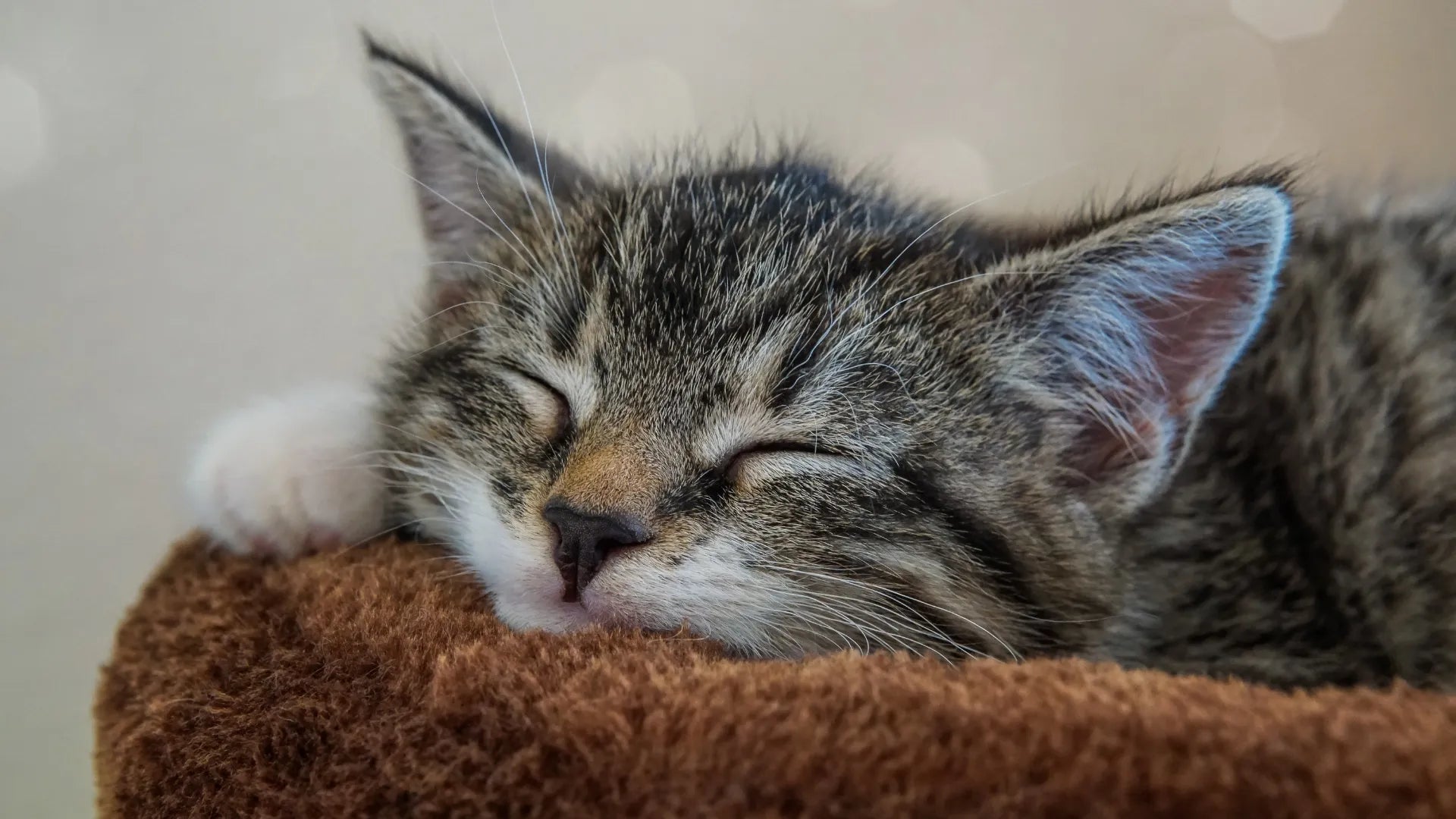Why hairballs spike now
Cats ingest hair while grooming. During heavy shedding, that hair can clump, triggering hacking episodes and occasional vomit logs on your rug. Cornell’s Feline Health Center stresses daily brushing and routine grooming as first-line prevention; frequent hairballs warrant a veterinary chat to rule out skin or GI issues. Cornell Vet School
The low-effort routine that works
-
Brush like it’s coffee time. Short, daily sessions pull loose hair before it’s swallowed. Cornell recommends consistent brushing—especially for long-haired cats or shedding seasons. Cornell Vet School
-
Hydration, litter hygiene, and quiet corners. More water = smoother GI flow. Keep multiple bowls (or a fountain) and a clean, stress-free litter area; stress changes grooming and gut rhythms. (Owner commonsense reinforced by multiple veterinary resources.) Cornell Vet School
-
Fiber support, done gently. Adding dietary fiber can help hair move through the GI tract naturally; several reputable sources note fiber’s role in hairball management alongside grooming. Cornell Vet School+1
-
When to phone the vet. If hairballs are frequent, if your cat seems painful, lethargic, or has decreased appetite/weight loss, call your veterinarian—hairballs shouldn’t mask medical problems. Cornell flags excessive self-grooming as a potential sign of skin or diet issues. Cornell Vet School
A realistic weekly cadence
-
Daily: 3–5 min brushing; refresh water; quick play.
-
3×/week: Fiber-supporting treat/chew as part of a balanced diet; note any hacks in your log.
-
Seasonal: Schedule a grooming session for long-hairs; reassess tools (comb, slicker).
For cats only, Zpet Hairball Support Soft Chews add daily fiber support (with cat-friendly actives) to help manage hairball routines—best alongside brushing and hydration (general wellness support).
